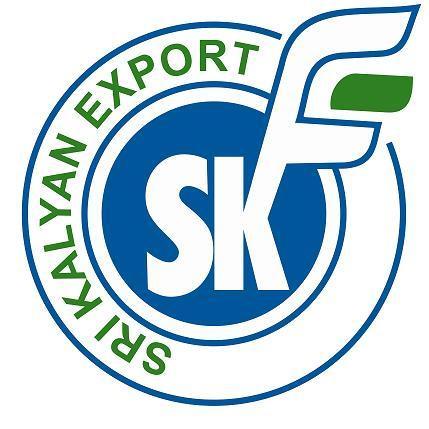Clothing industry or garment industry summarizes the types of trade and industry along the production and life chain of clothing and garments, starting with the textile industry (producers of cotton, wool, fur, and synthetic fibre), embellishment using embroidery, via the fashion industry to fashion retailers up to trade with second-hand clothes and textile recycling. The producing sectors build upon a wealth of clothing technology some of which, like the loom, the cotton gin, and the sewing machine heralded industrialization not only of the previous textile manufacturing practices.
The 4 Levels of the Fashion Business
For those of us interested in fashion, we know it’s a multi-billion dollar industry that provides hundreds of thousands of jobs across the nation, but have you ever thought about the countless industries that keep us consumers satisfied? There are four different levels to the fashion business – Primary, Secondary, Retail, and Auxiliary.
The Primary Level consists of growers and producers of raw materials. We’ve heard of man-made and/or synthetic fibers, but we don’t think about the fact that they actually need to be made. This is where that happens. Fiber, fabric, leather, and fur producers. Color and texture planning take place in this stage. It’s also the level that has the most amount of lead time, up to two years, before a product will be available to the consumer.


